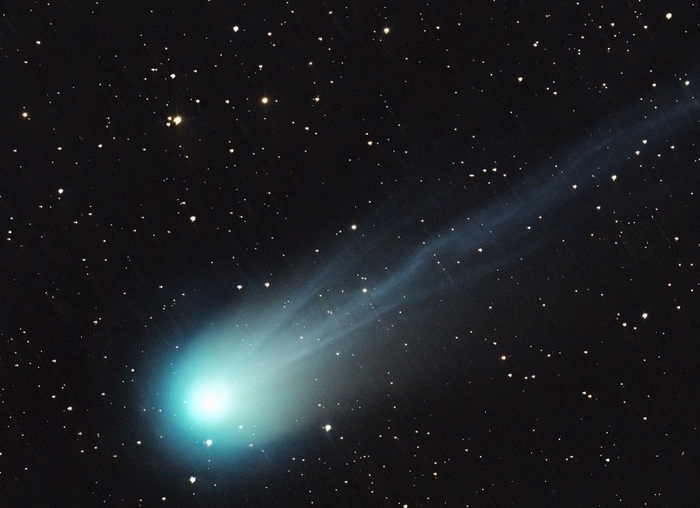Easter holidays looking up to admire the spectacle of the 'horned' comet
12P/Pons-Brooks
, which is
visible again after 70 years
of waiting:
the best time to observe it is between the end of March and the beginning of April
, weather permitting . To see its luminous tail, just look at the sky
after sunset, above the horizon towards the west
: the comet will be
visible to the naked eye
, but it will be
easier to observe it with the help of binoculars or a small telescope
. Better not to miss the opportunity, because
the next step is scheduled for 2095
, as reported on the European Space Agency website.
Comet 12P is an
ancient cosmic 'iceberg'
, formed approximately
4.6 billion years ago
. Approximately
every 71 years it returns to visit the Sun
and for this reason it falls into the family of
periodic comets
, like the more famous Halley's comet. Next
June
it will reach its
minimum distance from Earth
(but then
it will no longer be visible from the Northern Hemisphere
).
Discovered on July 12, 1812
by the astronomer Jean-Louis Pons, comet 12P was then rediscovered in its next passage (
1883
) by William Robert Brooks, from whom it took its name. Its
core ,
30 kilometers
wide
, is a sort of dirty snowball, an agglomeration of ice, dust and rocky material, which releases gas and dust near the Sun.
Its distinctive feature are
important increases in brightness
, called '
outbursts
'. During its current passage, about ten have already been recorded since last July: the first has given its coma an
irregular shape
that makes it resemble the famous
Millennium Falcon
spaceship from Star Wars and which has earned it the nickname
'horned' comet
. Equally spectacular explosions were observed in 1883 and 1954, but it is suspected that his hand was also behind the observations of luminous objects documented in the Chinese skies in 1385 and in the Italian skies in 1457.
Reproduction reserved © Copyright ANSA

